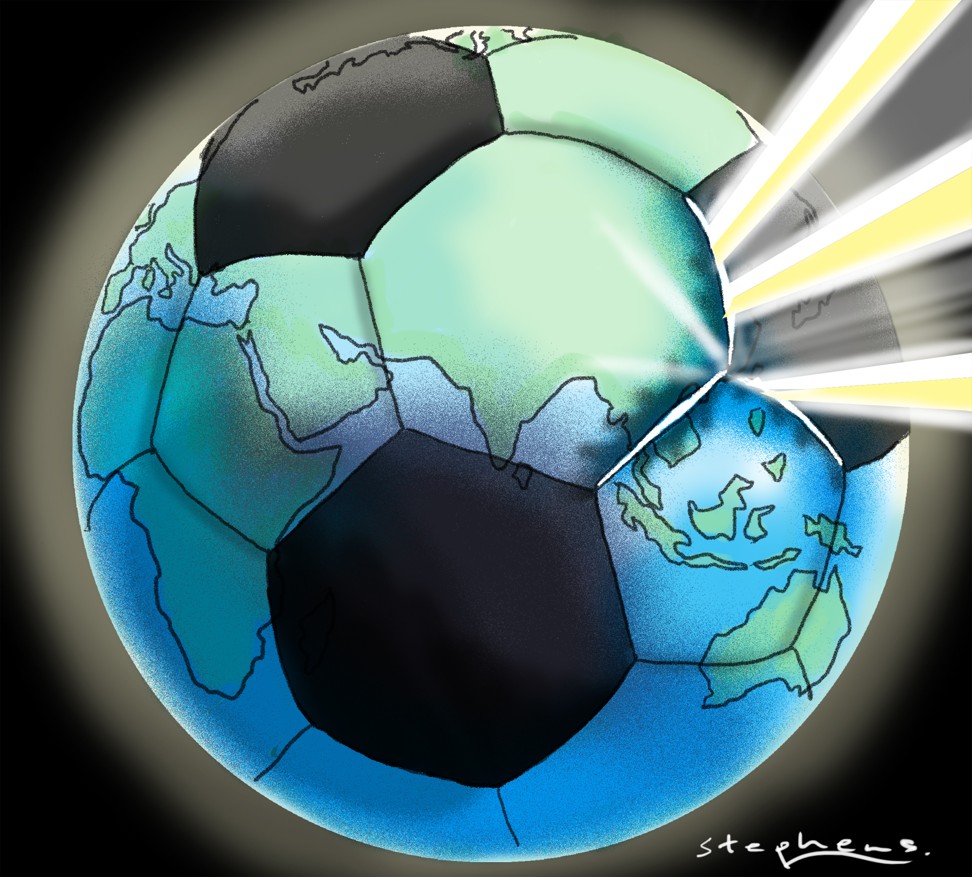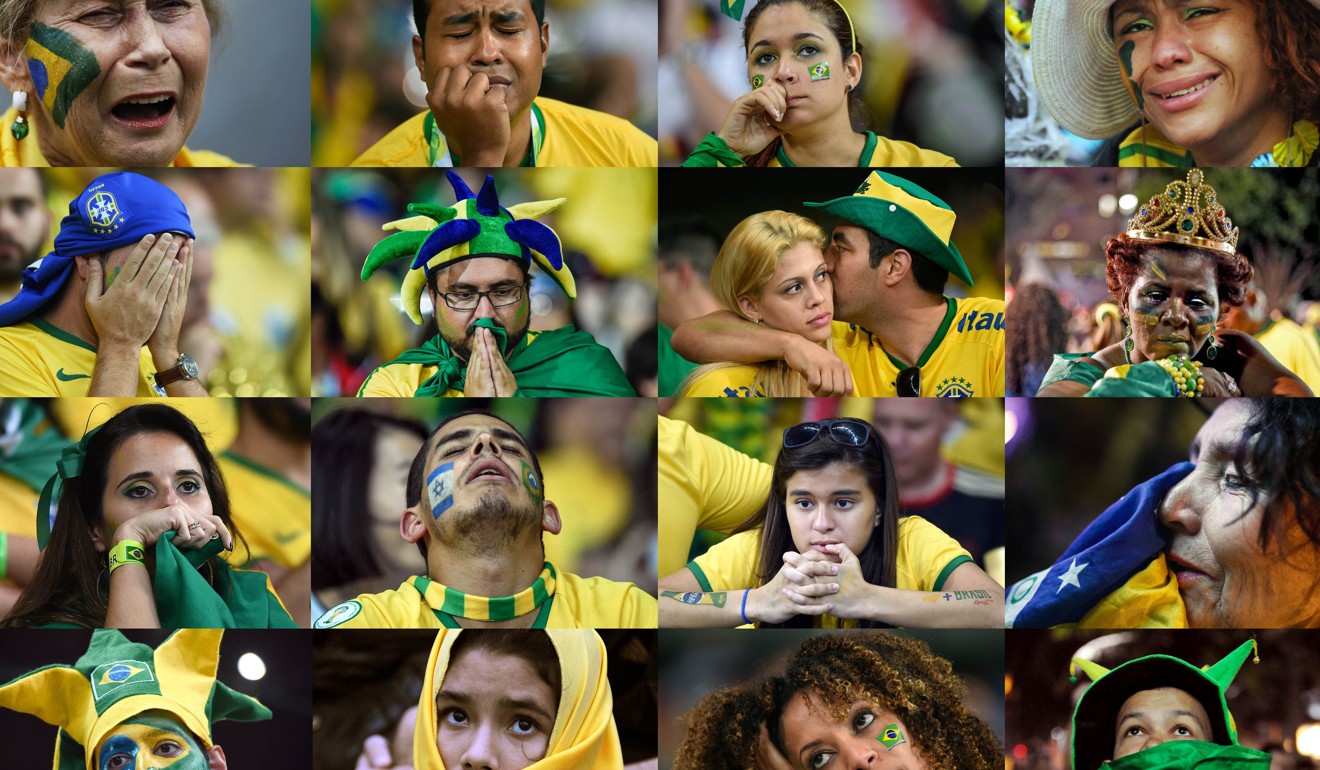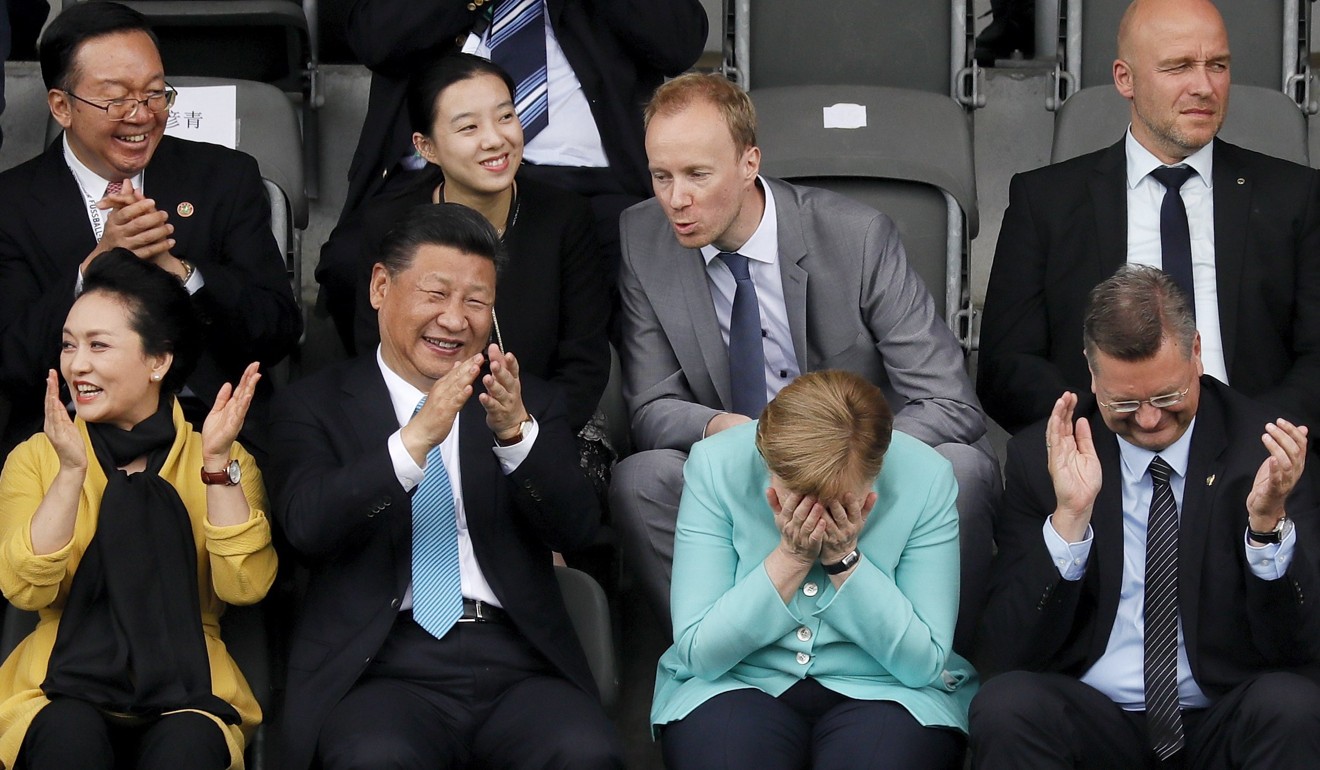
Can Chinese soccer rule the world in the ‘Asian century’?
Sunil Kukreja says Asian passion for soccer has mostly focused on the European and English premier leagues rather than home-grown talent. But that may be about to change, at least in China, as it builds on the Japanese model of boosting the domestic field, with the aim of winning the World Cup in two decades


Commercialisation of football globally and the broadcast revenue generated by the English Premier League – and to a lesser extent by the other major European leagues – illustrates the importance of Asian viewership and dollars in fuelling the global economy for the sport. In 2010-11, Asia represented over 32 per cent of the viewership for the English league, with some estimates putting the fan following in the range of 800 million, far outpacing viewership for English soccer from any other continent.
This intense passion for the sport and its consumption from leagues halfway around the world stands in stark contrast to the continued lack of a tradition of success for domestic leagues or national teams from within Asia.
As the widely touted “Asian century” continues to take shape, what can we make of the significance of Asia’s seemingly insatiable desire to consume the very best that the globalisation of soccer has to offer? Does the potential of a robust Asian century – spearheaded in no small part by China – bode well for the progress of the sport in Asia?
The Japanese model of building [a] domestic soccer culture and league was in a sense a forerunner to China’s
Since the closing years of the 20th century, politicians and scholars across Asia have touted the rise of Asia’s economic powers. Some have proclaimed the 21st century to be when Asia (finally) takes prominence on the global stage. Fuelled largely by the emergence of China’s (and to some extent India’s) growing prowess, these economies are said to be poised to tilt the scales of global influence in favour of Asia, and the broader Pacific region.
The rise in Asian interest, and economic influence, in soccer has unfolded alongside indicators of growing Asian economic influence on the global stage. In its modern organised form, soccer has deeply captured the imagination of many Asian nations. Historians of the game in India trace it back to the rise of the British Raj in the mid-19th century, and the game’s popularity, especially in Bengal, through clubs like Calcutta FC and the renowned Mohun Bagan. Yet, for various historical and social reasons, soccer remained a relatively fringe sport in the country from both participatory and spectator standpoints, and certainly did not capture the imagination of Indians like that other British sporting export: cricket.

With regard to China, while there is some historical reference to a game of kicking a ball dating back to the Han dynasty, the modern version of the sport seems to have taken hold only in the early part of the 20th century.
Yet, despite records of some international matches played by China, India and other Asian countries in the early part of the last century, Asian nations remained on the fringes in so far as soccer as a participatory sport was concerned.
Indeed, save for one or two exceptions, Asian countries on the whole have remained on the periphery of fame in soccer on the global stage. This, of course, contrasts with the historical success of, say, some comparably economically poor Latin American countries, which have had far more success on the international stage, and also run domestic football leagues that are far more mature and established.

We want the World Cup, Xi Jinping tells Infantino in landmark meeting between China and Fifa leaders
During the 1990s, Japan’s J1 League emerged as the most prominent and visible soccer league in Asia, and so gained some international visibility. Japanese clubs, several with a strong fan base, made strategic moves to attract notable South American (particularly Brazilian) players, even if they were second-tier athletes or were sliding out of their prime. They still had the name recognition to draw interest from the likes of the J League, which could pay a respectable wage.
This development came very much in tandem with the then burgeoning narrative of the imminent Asian century. Soccer, as a symbol of the global game, was poised to become further entrenched in the leading Asian nation.

For an Asian country to finally have a football league of some international prominence only helped to further affirm the narrative of Asia’s rise to the global stage.
This Japanese model, of building its own domestic soccer culture and league, was in a sense a forerunner to China’s more recent push on the same front. The 2004 inaugural season of the Chinese Super League marked a new era in the sporting culture of the country.
While soccer has historically never quite had any widespread traction domestically, the game in China has been radically transformed, in no small part due to the personal efforts of President Xi Jinping for the sport to grow on the home front and to make China a serious contender for the World Cup within two decades.
China’s soccer academy: 26,000 students, 50 pitches, coaches from Real Madrid
That Xi aims “to double the size of the Chinese sport economy … based on state and private investment in football”, in the process producing 20,000 new football schools and 70,000 pitches by 2020, speaks volumes about the symbolism of the game for the emergent China.
While the billions already invested in the Chinese Super League over the past 13 years have enabled it to pull some of the more prominent names in the sport away from the more illustrious European leagues and showcase their talents for an as yet largely Chinese audience, the Super League has also cultivated a lucrative TV agreement with China Media Capital.
The strategy of growing the sport of soccer as the highlight of a robust sports economy embodies yet another commitment of the Chinese government, to diversify the building blocks of its economic house. The establishment of a grass-roots system to grow the sport from the bottom up is arguably essential if it is to have any enduring future.
Inside the Chinese Super League
It remains to be seen, however, whether the infrastructure being put in place in towns and communities across the country will in fact engender the kind of cultural shift at the grass-roots level that fosters widespread participation in the sport at the youth level, in any meaningful way.
Of course, it’s unlikely that this Chinese strategy can replicated in other Asian countries – in no small part because of the resource commitment and investment required to build the kind of soccer and sporting culture that will succeed at the global level.
As such, the ambitious path being forged by the Chinese in this regard is unlikely to redefine the future of soccer and its microcultures across Asia. Further, pockets of regional soccer microcultures are, for the time being, very much linked to the global dominance of the European leagues.
It is also highly unlikely that China will succeed in lifting the Fifa World Cup within the next two decades. Further, it may be difficult to imagine that, within the next generation, youth in cities like Bangkok, Jakarta, Calcutta, Kuala Lumpur, Kuwait City or Dubai would be donning the jersey of teams like Guangzhou Evergrande, Shandong Luneng or Beijing Guoan and engaging in a game of soccer being broadcast from the Chinese Super League.
But then again, maybe not.
Sunil Kukreja is professor of sociology at the University of Puget Sound in the US